Fundamentally, a room can be illuminated in its entirety, from wall to wall, e.g. with general lighting. However, it is also possible to preferentially illuminate those parts of a room where the actual visual tasks are located. Parts with visual tasks are described as "visual task area": "Partial area at the workstation were the visual task is carried out." (see EN 12464-1)
Visual task area
According to the European uniform standard for lighting work places EN 12464-1, the standardised quality criteria for lighting apply for the visual task area and not categorically for the entire room.
Concentrating the lighting on the visual task area gives rise to opportunities for saving energy and investment costs, but also dangers regarding visual performance and visual comfort. This applies especially when the visual task area and the adjacent, lesser-illuminated surrounding area are specified too narrowly and a balanced luminance distribution in the field of vision is not ensured (see section "Background lighting").
If the lighting is supposed to focus on the visual task area, the designer must determine the size and location of the visual task (which may be horizontal, vertical or tilted) and also the (local) visual task area based on the bindingly defined workstations and the work tasks to be performed there. In practice, this would probably cause issues, since at the lighting planning stage, the exact arrangement of the workstations remains to be defined in most cases. In such cases, EN 12464-1 demands that all room areas where workstations might be arranged in principle must be illuminated as visual task areas. In industrial and handcraft work places, for example, this applies to the majority of the work space.
The advantage of room-based lighting, instead of zone-based lighting according to the visual task area, is the additional freedom when it comes to using the room, and the flexible arrangement of workstations without the need to modify the lighting installation. For handcraft and installation companies with order-dependent tasks, for example, this flexibility could be more important when it comes to business considerations than focusing lighting on the visual task area for economic reasons. The alternative would be lighting confined to workstations which often causes installation-related issues in industrial lighting.
In planning, the concept of "visual task area" has consequences as well. Instead of the output ratio method which is used to determine the number of lamps and luminaires in the entire room for a defined average illuminance, it is now necessary to use sophisticated planning methods to determine the illuminance and its uniformity in one or more partial areas of the room where the visual tasks are located (see also chapter "Lighting planning" and chapter "Lighting measurement").
The determination of the spatial dimension of the visual task area of the workstation is simplified by the following interpretation. The workstation is the spatial area where the work task is executed.
the work surfaces which can be horizontal, vertical or tilted,
the surfaces where the work equipment directly conducing to the work progress is located,
the additional surfaces which are required for any user to perform the respective activities practicably and appropriately, and
storage areas directly conducing to the work progress.
The workstation can consist of one or more visual task areas, even with varying visual and lighting-related requirements, namely
only one visual task area,
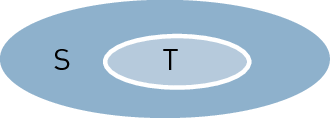
interlaced visual task areas T1 and T2 or
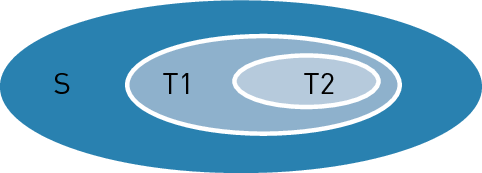
adjacent visual task areas T1 and T2.

Each visual task area (T) has a related (immediate) surrounding area (S) with reduced lighting requirements. Images 1.6 through 1.10 serve to illustrate this.
It is also possible to go by ergonomic rules in order to determine the visual task area for manual tasks in industrial or handcraft applications. In most cases, the field of view can be described using the handling area. The handling area encompasses a surface of approximately 0,60 m to 1,60 m.

Figure 3.5: The maximum handling area for men (left) and women (right), measurements in cm.
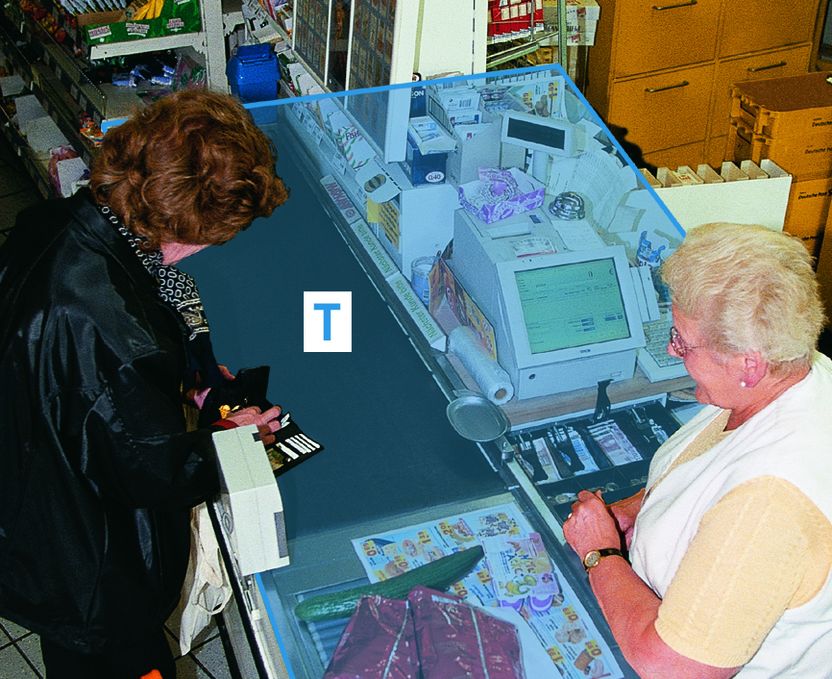
Figure 3.6: Workstation with one visual task area (T), e.g., a cash register workstation featuring horizontal visual tasks in recognising goods and money as well as visual tasks on the cash register screen. The surrounding area surrounds the cash register workstation.
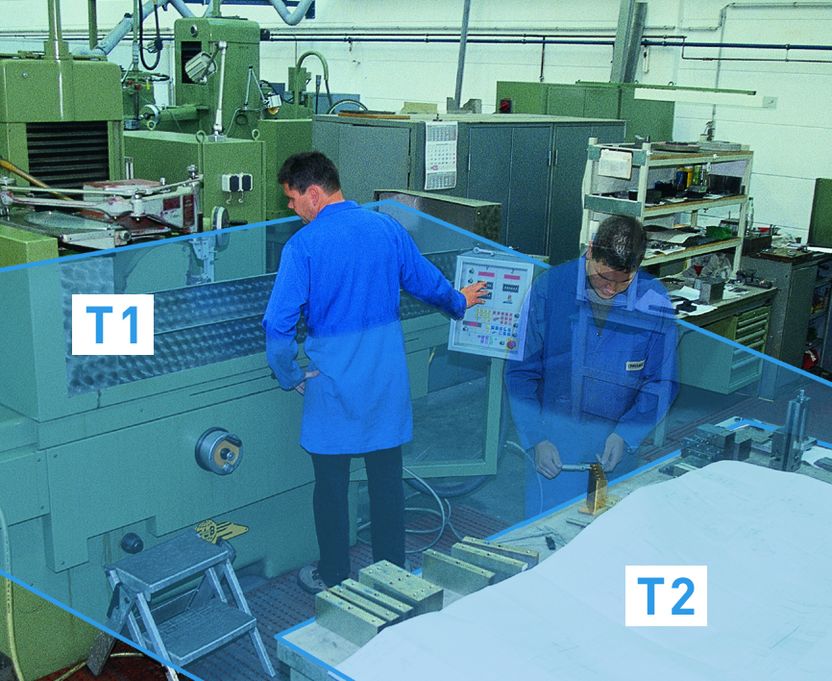
Figure 3.7: Workstation with interlacing visual task areas which require different lighting levels: Grinding and adjusting of machine parameters T1 as well as reading of drawings and measuring the workpart T2. The surrounding area encompasses the entire workstation.
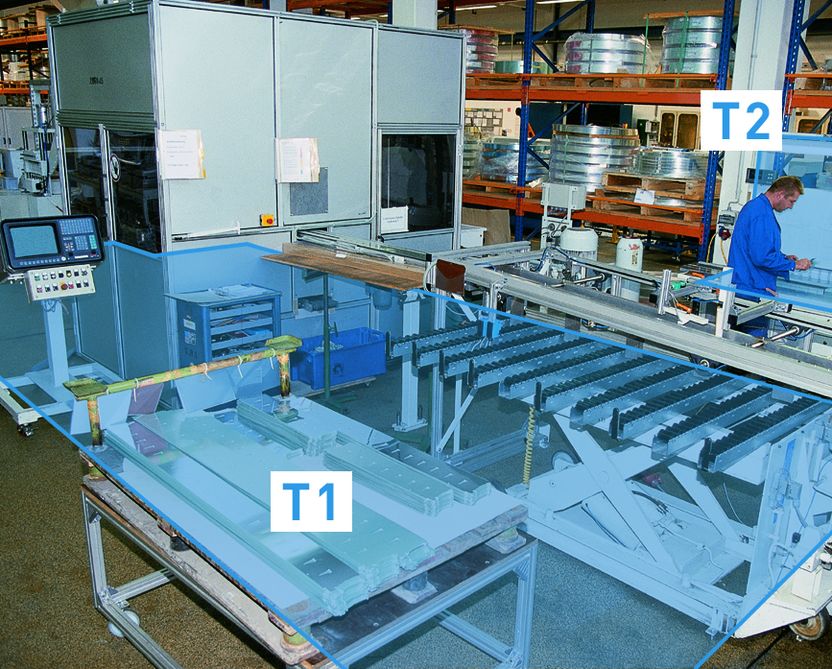
Figure 3.8: Workstations with areas adjacent to the visual task which require varying lighting levels, and overlapping surrounding areas. Removal and depositing of automatically die-cut light metal sheets as well as correction to machine parameters on-screen T1 and sample measuring of die-cuts T2.
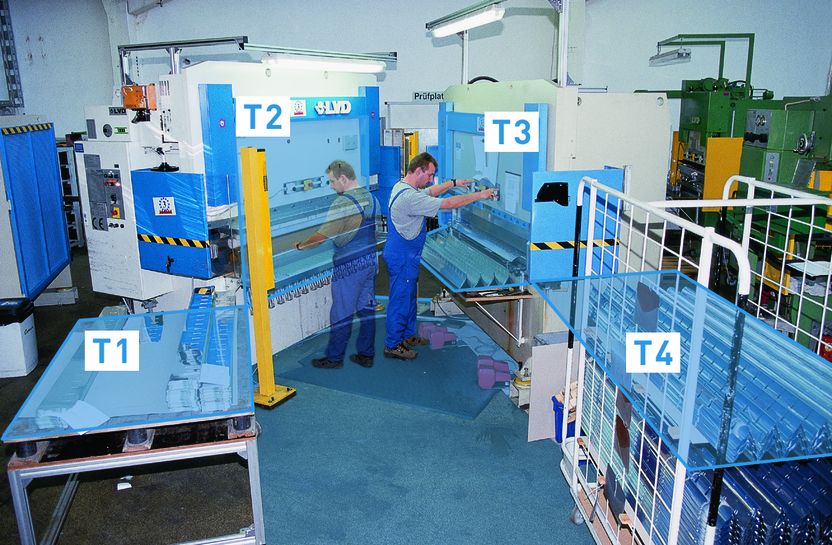
Figure 3.9: Visual and work tasks at a workstation intended for die-cutting and bending light metal sheets. The visual task areas T1 through T4 are explained in the table. The surrounding area encompasses the entire workstation.
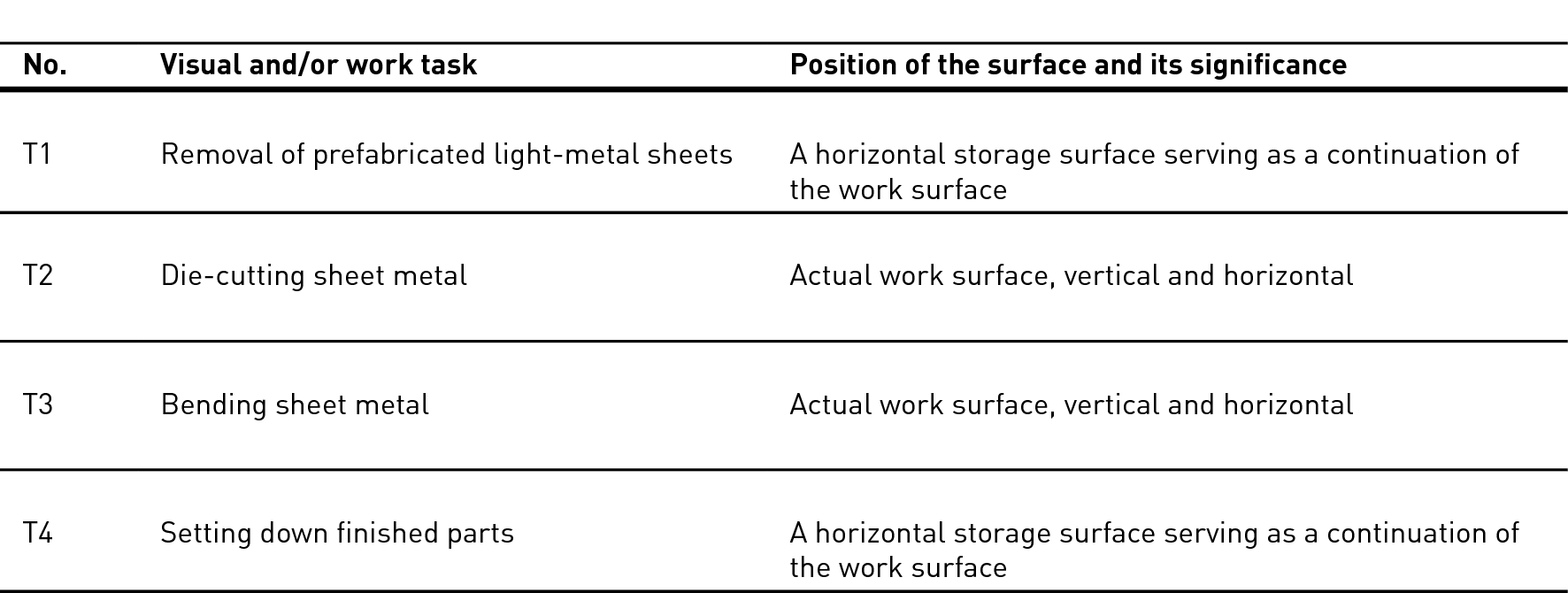
Table 3.1: Description of visual and work tasks in figure.
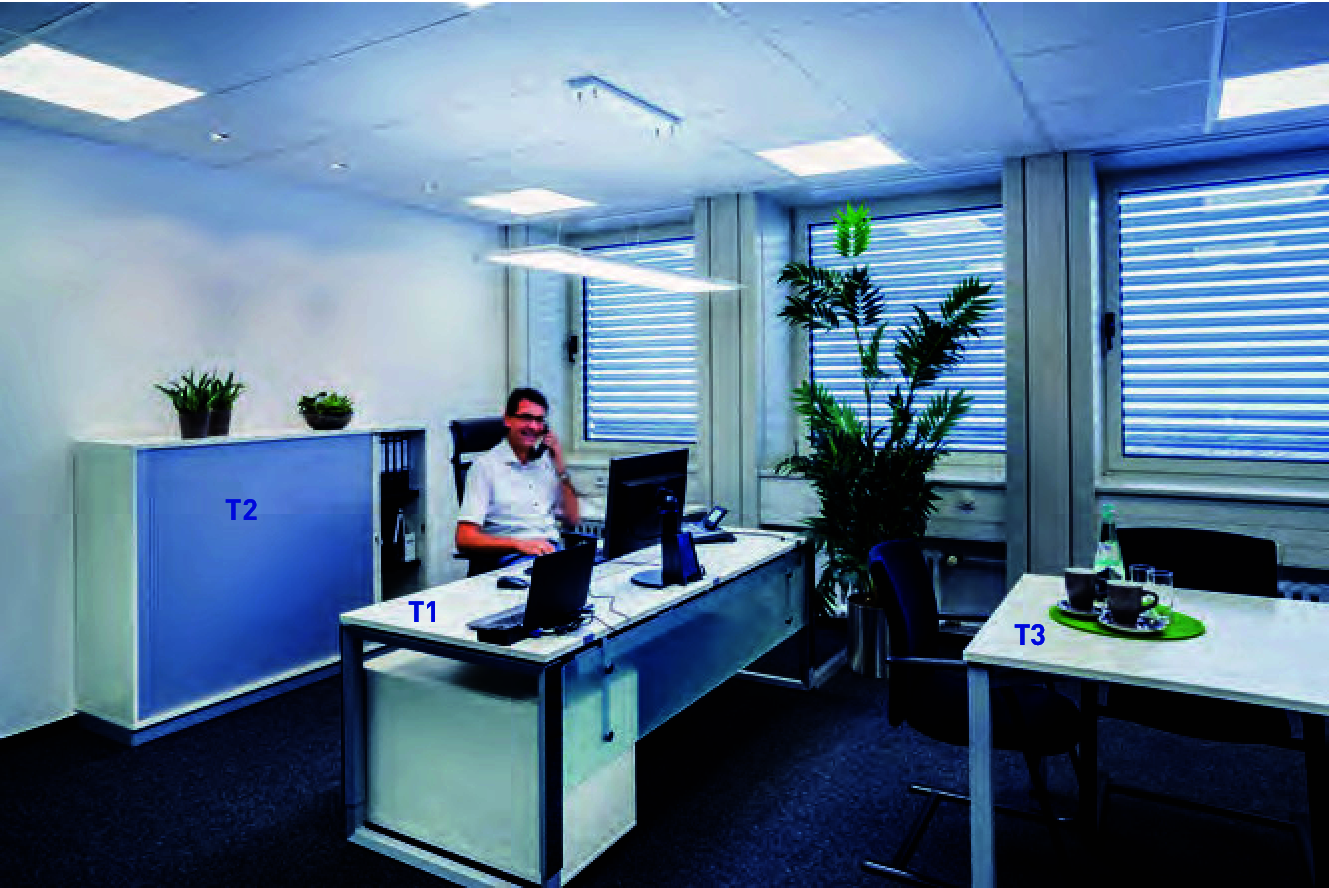
Figure 3.10: Visual task area in the office: Screen work T1, cabinet and shelves T2, meeting T3. The surrounding area encompasses the entire room up to 0,5 m from each wall.